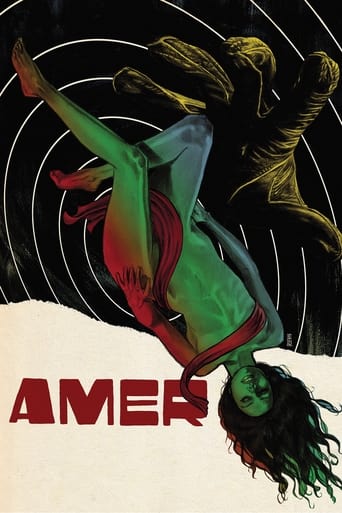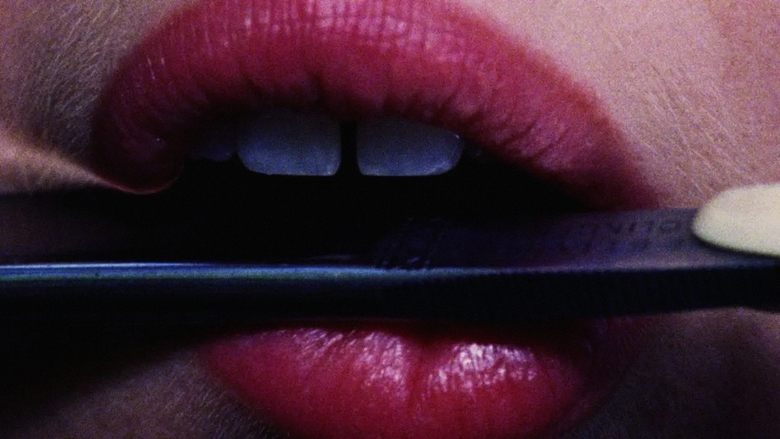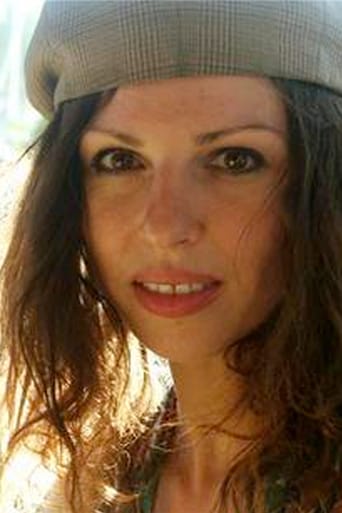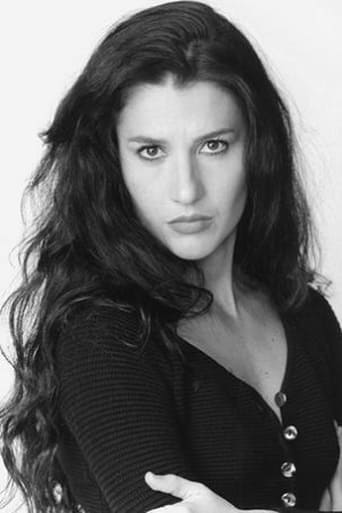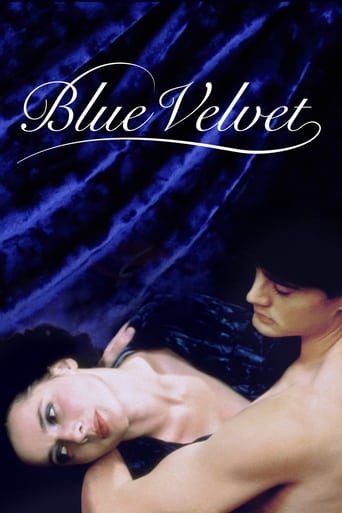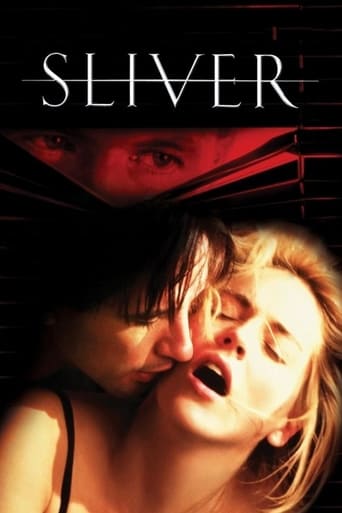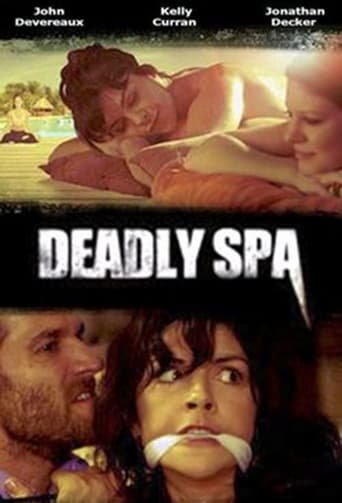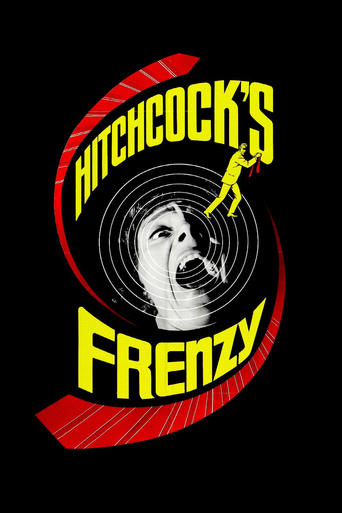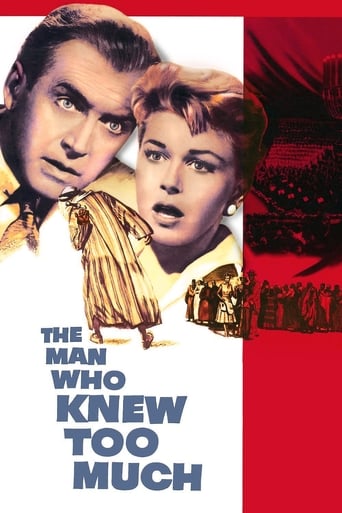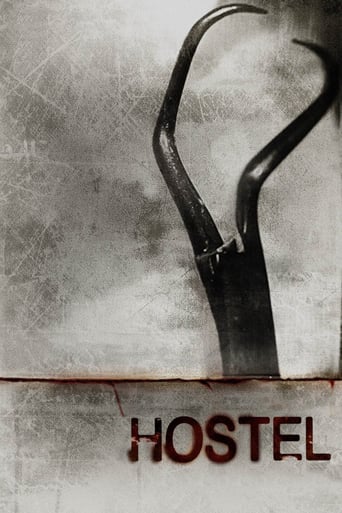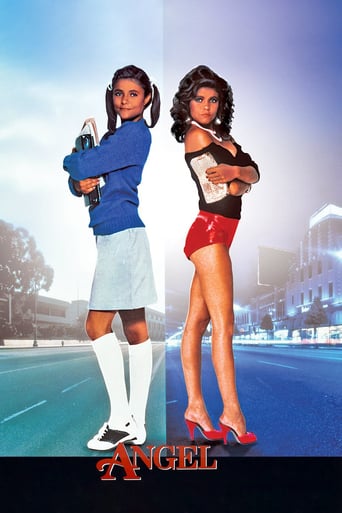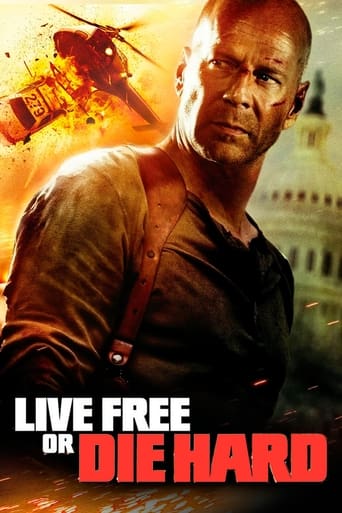Amer (2009)
Ana is confronted with body and desire at three key moments of her life. As a young girl, she brings her dead grandpa back to life. In her puberty, she discovers the power of decay and sexuality. Finally, she wrestles with loss and loneliness when she returns to her parental home, now derelict.
Watch Trailer
Free Trial Channels
Cast


Similar titles
Reviews
You won't be disappointed!
Instead, you get a movie that's enjoyable enough, but leaves you feeling like it could have been much, much more.
There are moments in this movie where the great movie it could've been peek out... They're fleeting, here, but they're worth savoring, and they happen often enough to make it worth your while.
True to its essence, the characters remain on the same line and manage to entertain the viewer, each highlighting their own distinctive qualities or touches.
'Amer' arrests the attention from the word go, with some imposing imagery of little girl Ana's (Cassandra Forêt) place within a frightening house and amongst even more creepy relatives.It is easy to see the similarities between this and Directors Hélène Cattet and Bruno Forzani's later 'The Strange Colour of Your Body's Tears': they are clearly in love with the visuals and there is very little dialogue. Whilst the first of the three 'chapters' is genuinely morbid and creepy – and my personal favourite segment – the second, in which Ana (Charlotte Eugène Guibeaud) encounters adolescence (she could be anything from 14 to 20 years old) focuses on her leap, or slither, from little girl to the object of desire. There are many suggestive shots of various body parts and awkward closeness with others. It doesn't really mean much. In fact, it doesn't mean anything at all, other than it is part of Ana's 'journey'.So then, the third act. Ana is now played by Marie Bos. Suggestion of much light masturbation. Stunning scenery. And a slight return to the intimidating feel of the first segment, with her seemingly returning to her abandoned family home. Despite apparent chance meetings, Ana is very much alone. These moments of her retracing the steps of her childhood remind me of the less than comforting homecoming of Pip, all grown up, returning to Miss Haversham's ruined building after his adventures. Here, the house is baked in sunlight, and any adventures Ana has had are so obscurely filmed and her character so thinly drawn, we can only appreciate the beautifully shot décor, the unmade beds, the flaking wallpaper, the stunning scenery and the ghostly, discarded porcelain dolls. But the sense of unease comes to the fore once again – whatever the shortcomings of the art-house style this film embraces, the protracted ending is a heady mix of the sinister and sensual. There is an antagonist, but we are not even sure if he is real. Does he represent the dark memories that haunt her? One thing is for certain – nothing is certain, especially Ana's eventual fate.
Fluctuating between abstract eroticism and surreal, paranoid mysticism, this film certainly is weird. Surprisingly enough though, it becomes less vague while pertaining the surreal style. As the film progresses, it seems so that the entire bizarre nature of the film is the reality of Ana, who's not just a weird little girl, but actually turns out to be a disturbed mentally ill person, like a autistic paranoid schizophrenic.She is extremely sensory/perceptive and also sensual in a more erotic and carnal way, as is shown beautifully using closeups of lips, eyes, legs, etcetera. Not to forget the extreme intensity of light now and then, and to accentuate the sensory aspect also the use of primary colors, filing an entire shot. The visual style is very creative, and feels really authentic to me. It's minimal and focusing: everything serves to demonstrate the reality of Ana.All the mystic amulet stuff in the beginning, which invites you to try to make sense of it all, turns out to be the little girl's condition using her imagination to make up this reality. There's no mysterious amulet, neither is her grandma trying to hurt her. It's all in her mind, she's very paranoid and frightened. Possibly the shocking discovery of her parents making love while she ran in for help contributed to her weird seductive attitude and carnal desires at adolescent age. She is clearly sick and feels abstract, sexual attraction to the soccer playing youngster, but also with the older motorcyclists.Then she's slightly older, returning to her parental home. She takes a bath, and almost gets drowned by a pair of gloved hands that seem to be the same as those of her grandmother in the beginning. Later when she's trying to sleep, the taxi driver pays her a visit. His intentions are never exactly clear, but he's visiting her at night with a knife, so he's certainly up to no good. However, there seems to be a third person at work, once again the person with the gloved hands. It is in these scenes that I learned that it's actually Ana herself. This becomes even more obvious when she cuts up the taxi driver and takes of the gloves.Ultimately this virtual person chases her again and seems to kill her, which means of course she's committed suicide. One question remains for me though: why does she open her eyes at the end of the film? Personally, I think it's a bad choice that wants to suggests it's unclear whether the final scene is an actual autopsy of her apparent suicide, or another of Ana's delusions. I might be wrong though. It's unclear and I think she should have had her eyes closed ;-).
The NY TIMES called AMER "an exercise in giallo (eroticized horror), a richly colorful mosaic of sinister sidelong glances" while the LA TIMES enthused, "a nightmare vision of desire and fear -gorgeous, heady, dazzling!" but these pointed paeans are only partly true. Except for the odd snippet, there's no dialog or musical score in the three vignettes depicting the life of a disturbed young woman (childhood, adolescence, adulthood) and although the last sequence contains elements of the giallo, the film is more of an homage to the indelible images of "maestro of the macabre" Mario Bava.AMER's first segment on a child's reaction to her grandfather's death re-imagines the opening tale in Bava's trilogy I TRE VOLTE DELLA PAURA (aka BLACK SABBATH) from prying a valuable object out of a dead man's hand and the nightmare that follows right down to the dripping water and eerie blue, green, and red light that bathed the terrifying tableaux. The second segment on the girl's dangerous sexual awakening combines Bava's OPERAZIONE PAURA (aka KILL BABY KILL) and it's white soccer ball with the nebulous evil-under-the-sun aura of Tennesse Williams' SUDDENLY LAST SUMMER. The third and final scene that sees the young woman revisiting the abandoned villa where she grew up actually does reference BLOOD & BLACK LACE-style gialli with its black gloves, straight razor, and stalking sequence that leads up to a graphic murder. Unfortunately, there's only one (barely set piece) slaying in AMER and this dreamy collage of jump cuts, split screens, and undeniably beautiful imagery is less than the sum of its parts which may prove disappointing to hard-core horror fans. Cineastes -and those who enjoy avant-garde narrative as well as color-drenched kaleidoscopic visuals- should, however, get their money's worth. Hélène Cattet & Bruno Forzani's offbeat endeavor also reeks of Roman Polanski's REPULSION and I found the "eroticized" exercise admirable but more dull than anything else.
"Amer" shown recently at Cinema Village, is a film that deals in psycho sexual matters in the stylized way European directors love to present. It is a creepy movie that involves a lot of ideas that play, in a way, like a stylized video, but without music, and lyrics. In a way, it reminds us of some of those installations at MOMA, where videos like this play to captive audiences, exciting some, but boring most of the people that approach the space.The film was conceived by Belgian directors Helen Cattet and Bruno Forzani. Evidently, it is their tribute of those 'giallo' Italian films, of which Dario Argento has made a career directing. There is story behind the images one sees on the screen. Much is left to the viewer's imagination since what happens in the film has no dialogue, but it is clearly the story of a young girl that is traumatized from her early years, first by the death of her grandfather, and then by witnessing a passionate sexual session by her own parents.After a while, the film becomes somewhat tedious because it appears to be pretentious, trying to find audiences that find pleasure in watching this genre, but without Mr. Argento's humor. Cassandra Foret and Charlotte Eugene-Guibbaud play Ana, as a girl and then as the teenager she becomes. Marie Bos is seen as the adult Ana.Manu Dacosse is the cinematographer who works with dark images to convey the creepiness of the atmosphere the directors were after. The editing by Bernard Beets arranges the different shots in an artistic way to please the viewer.

